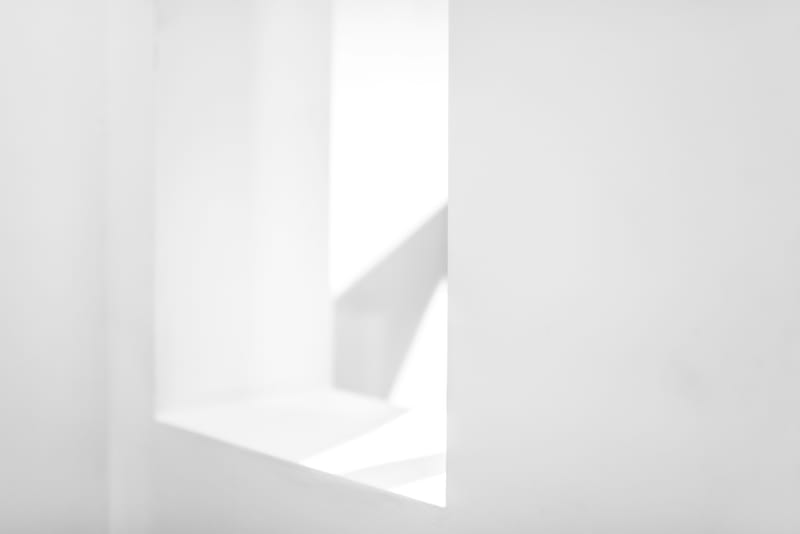The Power of White Space in Web Design
White space, also known as negative space, is a crucial element in web design that often goes underappreciated. This article explores the power of white space and its significant impact on creating balanced, readable, and visually appealing layouts. We'll delve into the importance of incorporating ample breathing room in your designs, discussing how it enhances user experience, improves readability, and guides attention to key elements. By understanding and effectively utilizing white space, designers can create more professional, polished, and user-friendly websites that engage visitors and effectively communicate their message. Join us as we uncover the secrets of mastering white space in web design and learn how to harness its potential for creating stunning, functional layouts.Table of Contents:

Understanding White Space in Web Design
White space, contrary to its name, isn't always white. It refers to any empty or negative space in a design, including areas between elements, margins, and padding. This crucial design element plays a vital role in creating visual hierarchy, improving readability, and enhancing overall user experience.Effective use of white space can make a website feel more open, modern, and sophisticated. It allows the content to breathe and helps users focus on important elements without feeling overwhelmed. By strategically implementing white space, designers can create a sense of balance and harmony in their layouts, guiding users through the content in a natural and intuitive way.
Do you need a website? Want to build a website but don't know where to start? Our website builder is the perfect solution. Easy to use, and with the ability to customize to fit your business needs, you can have a professional website in no time.
The Benefits of Embracing White Space
Incorporating ample white space in web design offers numerous advantages. Firstly, it significantly improves readability by preventing content from appearing cluttered or cramped. This is especially important for text-heavy pages, where proper spacing can make the difference between an enjoyable reading experience and a frustrating one.Secondly, white space helps establish a clear visual hierarchy, making it easier for users to understand the relationship between different elements on a page. By surrounding important content with negative space, designers can draw attention to key information and calls-to-action.
Lastly, white space contributes to a more professional and polished appearance, elevating the overall aesthetic of a website. This can help build trust with visitors and create a positive first impression, which is crucial for engaging users and encouraging them to explore further.
Macro vs. Micro White Space
When discussing white space in web design, it's essential to understand the difference between macro and micro white space. Macro white space refers to the larger areas of emptiness between major layout elements, such as the space between columns, sections, or around images. This type of white space helps create structure and organization on a page-wide level.Micro white space, on the other hand, deals with the smaller spaces within and between individual elements, such as line spacing in text, padding around buttons, or space between list items. While often overlooked, micro white space is crucial for improving readability and creating a sense of visual harmony within content areas.
Balancing both macro and micro white space is key to creating a well-designed, user-friendly website that effectively communicates its message while providing an enjoyable browsing experience.
Building a website with SITE123 is easy
Guiding Attention with White Space
One of the most powerful applications of white space in web design is its ability to guide users' attention to specific elements on a page. By strategically placing white space around important content or calls-to-action, designers can create a visual pathway that naturally draws the eye to these key areas.This technique is particularly effective when combined with other design elements such as color, contrast, and typography. For example, surrounding a brightly colored button with ample white space can make it stand out and increase the likelihood of user interaction.
Additionally, using white space to group related elements together while separating distinct sections can help users quickly understand the structure of a page and find the information they're looking for more easily. This improves overall user experience and can lead to higher engagement and conversion rates.
Balancing White Space and Content
While the benefits of white space are clear, it's crucial to strike the right balance between empty space and content. Too much white space can make a design feel incomplete or lacking in substance, while too little can lead to a cluttered and overwhelming user experience.The key is to use white space purposefully and in proportion to the content on the page. Consider the goals of each page and the information hierarchy when determining how to distribute white space. For example, a landing page focused on a single call-to-action might benefit from more white space to emphasize the main message, while a content-rich blog post may require a denser layout with carefully applied micro white space to maintain readability.
Regularly testing and gathering user feedback can help designers fine-tune their use of white space to create layouts that are both visually appealing and functional.
Responsive Design and White Space
In the age of mobile devices, it's essential to consider how white space translates across different screen sizes. Responsive design principles should be applied to ensure that the benefits of white space are maintained on smaller screens without compromising the overall layout or user experience.This may involve adjusting the amount of white space used on mobile devices, reorganizing content, or even hiding certain elements to maintain a clean and uncluttered appearance. Designers should pay particular attention to touch targets on mobile devices, ensuring that buttons and interactive elements have sufficient padding to prevent accidental taps.
By thoughtfully adapting white space usage for different devices, designers can create consistent, user-friendly experiences across all platforms, enhancing the overall effectiveness of their web designs.





